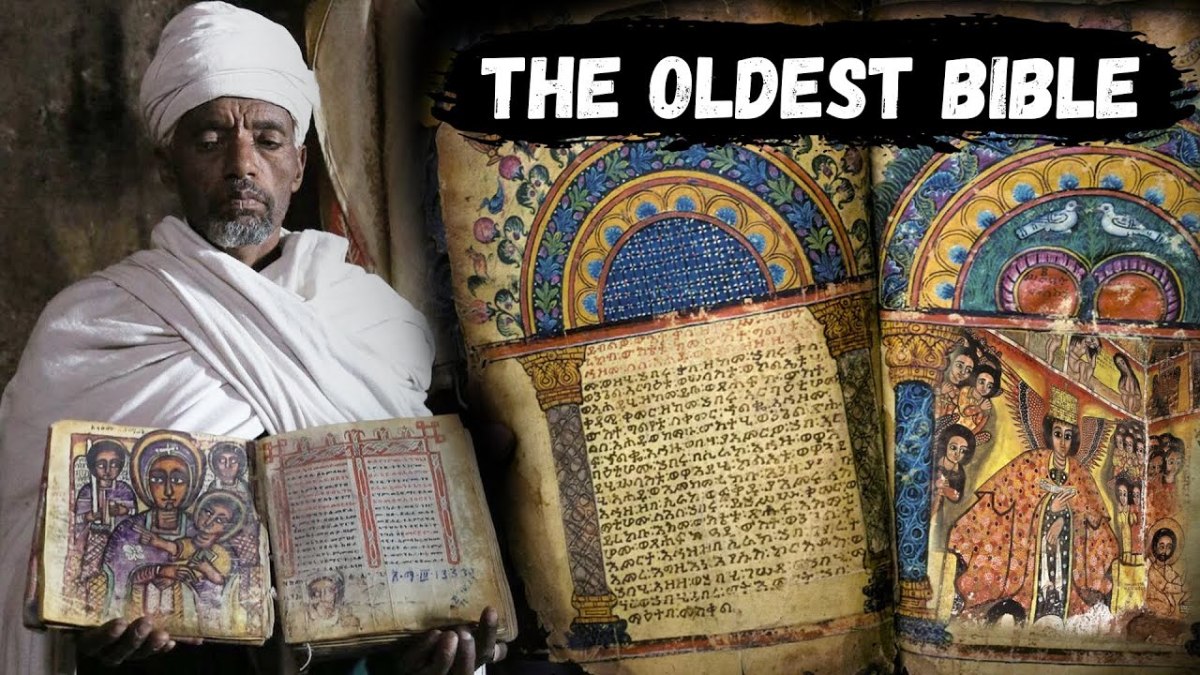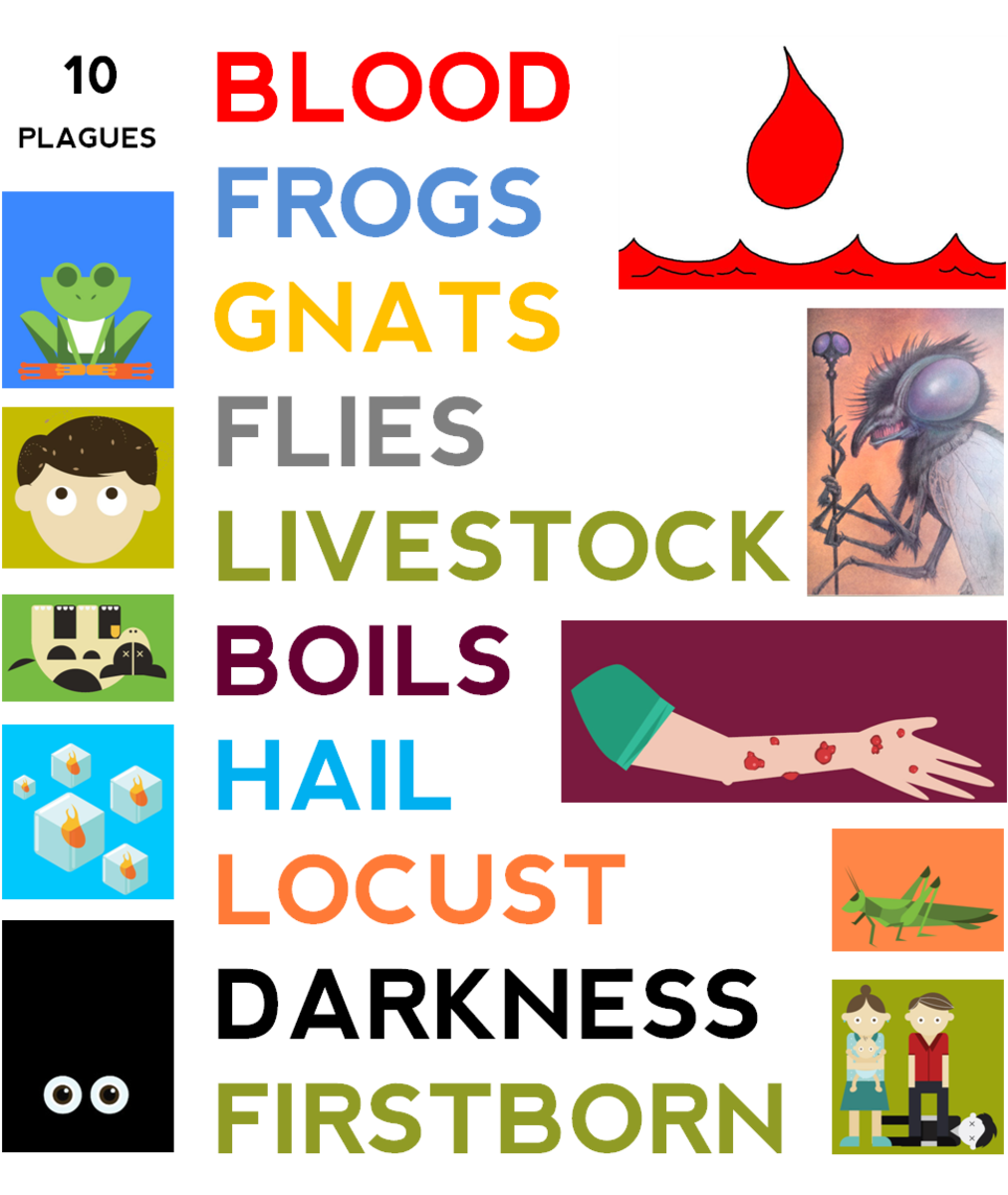A Brief Overview of the Gospels: A Bible Study - Part 1
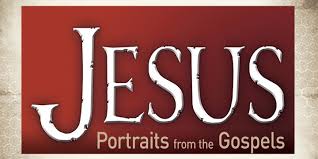
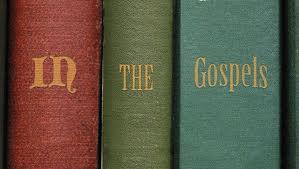
I want to welcome you to this brief study of the Gospels. Scripture is the best teacher so I have included many verses and little side discussion. May the Holy Spirit be your teacher as we look at the life of Christ together. So grab a notebook, a pen, and a cup of coffee and let's get started.
The four Gospels tell the same story from four different viewpoints. The central figure of Matthew, Mark, Luke, and John is the God of the Universe, Jesus Christ. The Gospels give the true account of the life of Christ.
Jesus has been perhaps the most misunderstood person who ever lived. Albert Schweitzer says of Christ, “He was a deluded fanatic who futilely threw away his life on blind devotion to a mad dream . . . . There is nothing more negative than the critical study of the life of Christ.”
George Bernard Shaw said, “A man who was sane until Peter hailed him as the Christ and who then became a monomaniac . . . his delusion is a very common delusion among the insane…quite consistent with the . . . cunning and penetration which Jesus displayed in Jerusalem after his delusion had taken complete hold of him.”
Randolf Bultman says, “I do indeed think we can now know almost nothing concerning the life and personality of Jesus.” The truth is all we truly know about Jesus Christ is written in the Gospels. To know and understand the Gospels is to know and understand Jesus.
Matthew addresses his Gospel to the Jews and portrays Christ as King. The Jews had long awaited the arrival of their Messiah, and it is to them that Matthew writes. Matthew traces the genealogy of Christ back to Abraham, the father of the Jews in chapter one. He traces the line from Abraham to Joseph (coming throiugh the Jews), from David through Solomon (the kingly line), and through the line of His stepfather Joseph.
Luke addresses his Gospel to the Greeks and presents Christ as the “Son of Man”. This seems to be the Lord’s favorite title while on earth. His genealogy traces the line of Christ all the way back to Adam as the Son of Man.
There is a seemingly contradiction in these two genealogies. Matthew 1:16 talks of Joseph being fathered by Jacob. Luke 3:23 speaks of Heli being the father of Joseph. The ancient world considered their sons-in-law to be their own sons. Therefore, Heli was really the father of Mary and father-in-law to Joseph.
Mark wrote to the Romans. The Romans were interested in action, not background information so Mark starts out with action. He left no genealogy.
John takes Christ’s genealogy all the way back to the beginning - or should I say “in the beginning”. He presents Jesus Christ as the Son of God as he writes to the church. Jesus Christ is the Son of God, Son of Man, Son of a king. By looking at the four Gospels we get the full picture of who Christ was and is.
Before getting into detail in the life of Christ. Let us make some general observations of the Books. Mark was probably the first Gospel account to be written. It can safely be dated between 50 and 55 AD. Today’s scholarship has made Peter the author of the book of Mark in part because of its fast moving pace. The book is action oriented, but not because Peter wrote it. As was mentioned earlier, Mark was written to the Romans, an action focused people. Intentionally, Mark’s Gospel details the actions of Christ.
The early church ascribed authorship of the book of Mark to Mark. He was the cousin of Barnabas and associate of Peter and Paul. I see no reason to disagree with the early church in favor of modern scholarship. Mark is clearly the author.
A short outline of the book of Mark would look something like this:
The Period of Preparation—Mark1:1-13
Ministry of John (1:1-8)
Baptism of Jesus (1:9-11)
Temptation of Jesus (1:12, 13)
The Galilean Ministry—Mark 1:14-9:50
First Period (1:14-3:12)
Second Period (3:13-7:23)
Third Period (7:24-9:50)
The Perean Ministry—Mark 10:1-52
Passion Week—Mark 11:1-15:47
Triumphal Entry (11:1-11)
Cleansing the temple (11:15-19)
The Olivet Discourse (13:1-37)
The Last Supper (14:12-25)
The crucifixion and burial (15:21-47
To Summarize
Author
| Recipient
| Time Period
| Christ Pictured As
|
|---|---|---|---|
Matthew
| The Jews
| 55-60 AD
| King
|
Mark
| The Romans
| 50-55 AD
| Servant
|
Luke
| The Greeks
| 64-70 AD
| Son of Man
|
John
| The Church
| 69-90 AD
| Son of God
|
The Resurrection—Mark 16:1-20
The Great Commission (16:15-18)
The ascension (16:19, 20)
The Gospel of Luke was written sometime between 64 and 70 AD. There can be no doubt that the physician Luke was the human author. Luke had many personal contacts with the Apostles and other eye witnesses. He was a traveling companion of the apostle Paul (II Timothy 4:11). His Greek cultural background, his intellectual training, and his intimate contact with Christ’s followers suited him perfectly to write his Gospel to the Greeks (Luke 1:1-4).
Luke 19:10, “For the Son of man is come to seek and to save that which was lost”, sums up the Gospel according to Luke. Jesus Christ was born to be the Savior of the world to seek us out and to save us from ourselves. Luke uses the term “Son of Man” more than any other writer and expresses Christ in His humanity as much as in His deity.
A brief outline of the Book of Luke:
The Gospel’ Preface—Luke 1:1-4
Preparation for the Savior’s Mission—Luke 1:5-4:13
The Forerunner (1:5-80)
Birth and childhood of the Savior (2:1-52)
The Preparation of the way by the forerunner (3:1-20)
Baptism, Genealogy, and Temptation (3:21-4:13)
The Galilean Ministry—Luke 4:19-9:50
Journey from Galilee to Jerusalem—Luke 9:51-19:44
The Savior’s last earthly days—Luke 19:45-23:56
Resurrection, appearance, and ascension—Luke 24:1-53
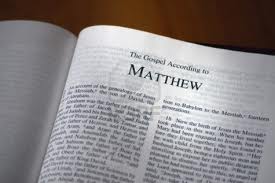
The Gospel of Matthew is next. The purpose of Matthew’s Gospel was to present Jesus as the long awaited Messiah of the old Testament and His messianic mission of bringing the Kingdom of God to man. Daniel chapter two describes the coming Kingdom of Christ and the destruction of all earthly kingdoms. It is generally accepted that Matthew, the Disciple was the author of the Book. His Gospel was written sometime between 55-60 AD.
Here is Matthew’s brief outline:
Christ’s Birth and Infancy—Matthew 1:1-2:23
Prelude to Christ’s Ministry—Matthew 3:1-4:25
Discourse 1: Righteousness of the Kingdom—Matthew 5:1-7:29
The Beatitudes (5:1-16)
The Character of Kingdom Righteous (5:17-48)
The Practice of Kingdom Righteousness (6:1-7:12)
The Choice of the kingdom (7:13-27)
The Manner of Jesus’ Teaching (7:28, 29)
Narrative 1: Deeds of the Kingdom—Matthew 8:1-9:38
Discourse 2: Proclamation of the Kingdom—Matthew 10:1-42
The Mission of the Preachers (10:1-15)
The Expected Response (!0:16-42)
Narrative 2: The Presence of the Kingdom—Matthew 11:1-12:50
Discourse 3: Mystery of the Kingdom—Mathew 13:1-58
The Parable of the Sower (13:1-9)
Parables Explained (13:10-23)
Other Parables (13:24-52)
The Response of Jesus’ Parables (13:53-58)
Narrative 3: Crisis of the Kingdom—Matthew 14:1-27
Discourse 4: Fellowship of the Kingdom—Matthew 18:1-35
Humility (18:1-20)
Forgiveness (18:21-35)
Narrative 4: Conflict caused by the Kingdom--Matthew 19:1-23:39
Discourse 5: Future of the Kingdom—Matthew 24:1-25:46
The Olivet Discourse (24:1-36)
Warnings and readiness (24:37-25:30)
Judgment of Nations (25:31-46)
Passion of the King—Matthew 26:1-27:66
The Resurrection—Matthew 28:1-20
John’s Gospel is last, but certainly not least. Written to believers, John’s Gospel pictures the divinity of Christ. The book of John was the last to be written sometime between 69-90 AD. It was written by John the Disciple who also wrote I, II, III John and Revelation.
John’s Gospel can be outlined as followed:
Revelation of the Word in Eternity—John 1:1, 2
Revelation of the Word in Creation—John 1:3, 4, 9
Revelation of the Word in Redemption—John 1:5-21, 25
The Opening Witness of the New Dispensation—John 1:29-51
Miracles and Public Discourses—John 2:1-12:11
The Passion Week—John 12:12-19:42
The Risen Lord—John 20:1-21:25
These outlines of the four Gospels are for your study purposes only. As we continue we will not use these outlines,but go in some different directions. However, the outlines do give a good overview of how each book has been written.In the next study we will look at the early life of Christ. Until then . . .


